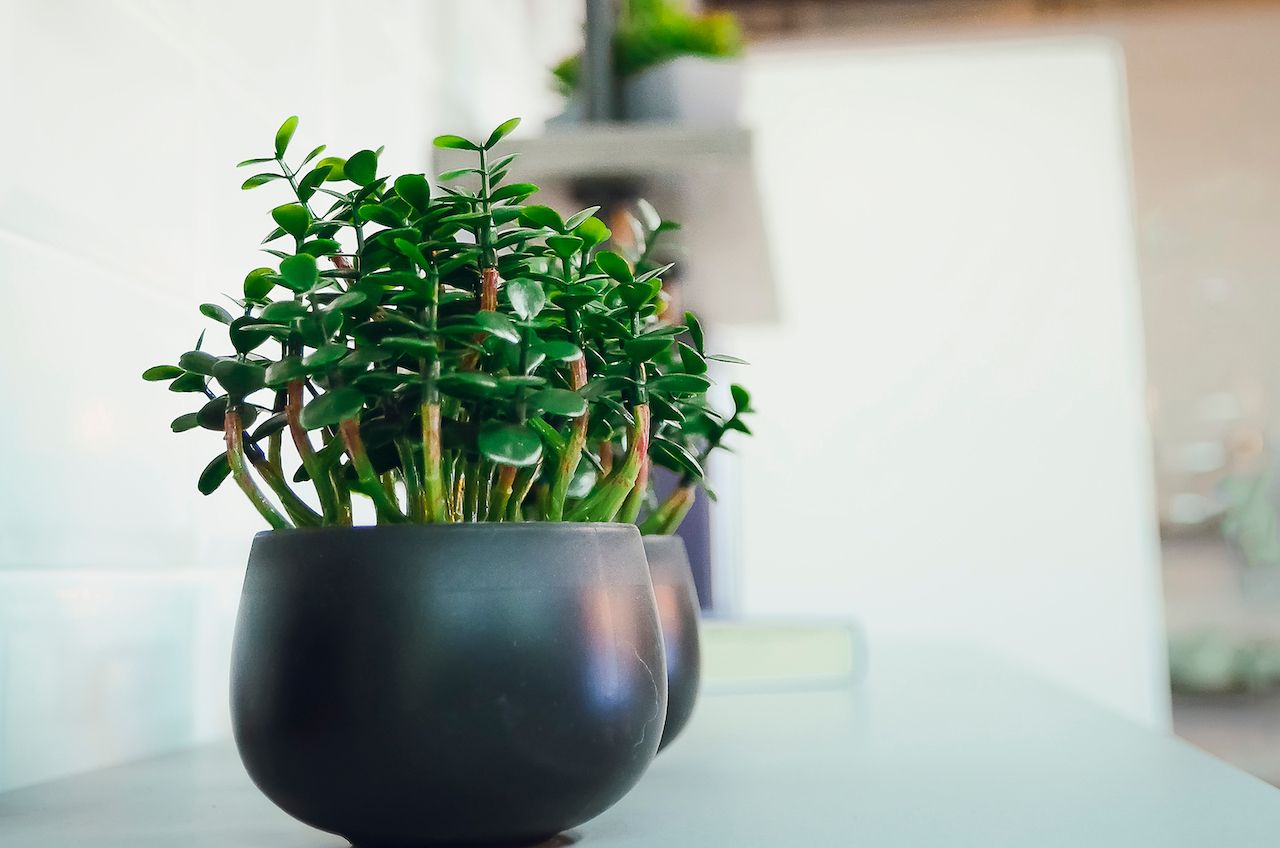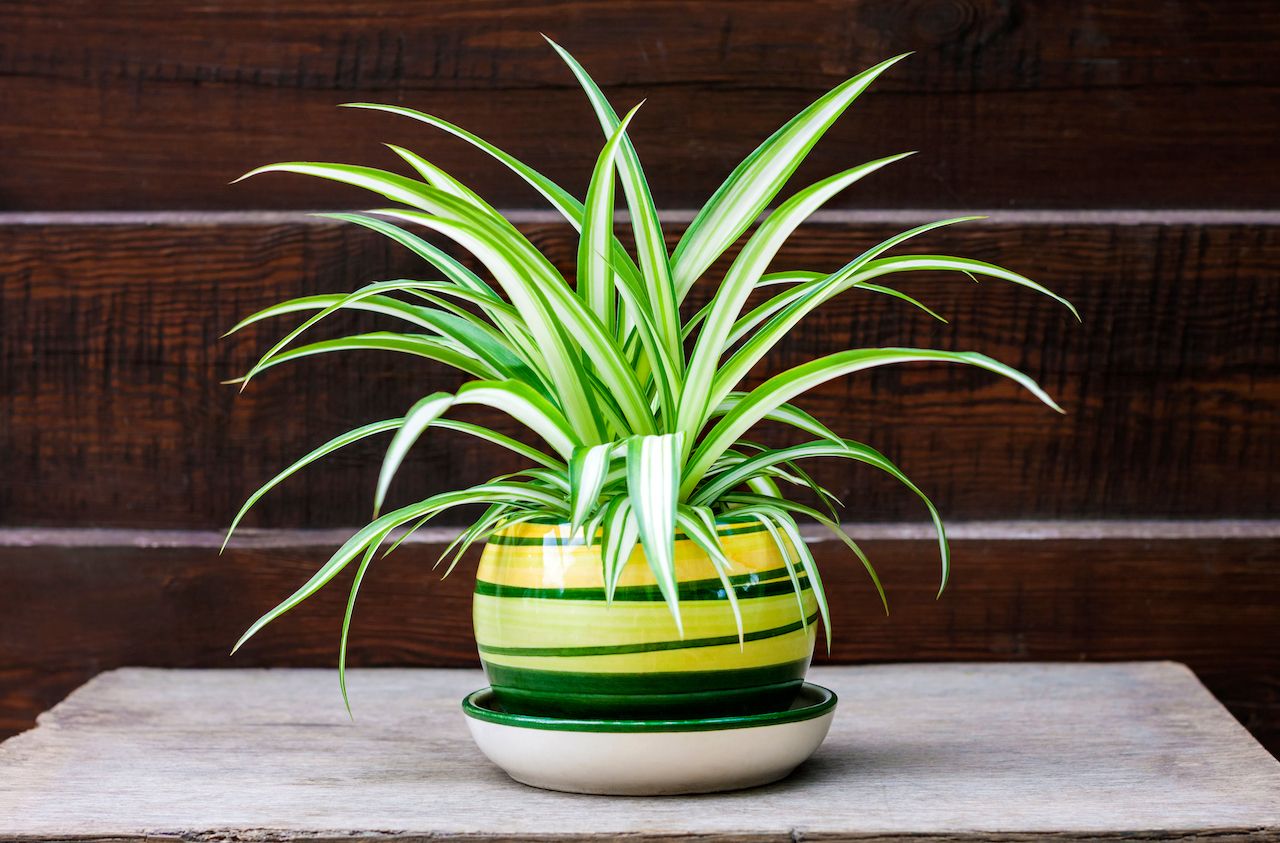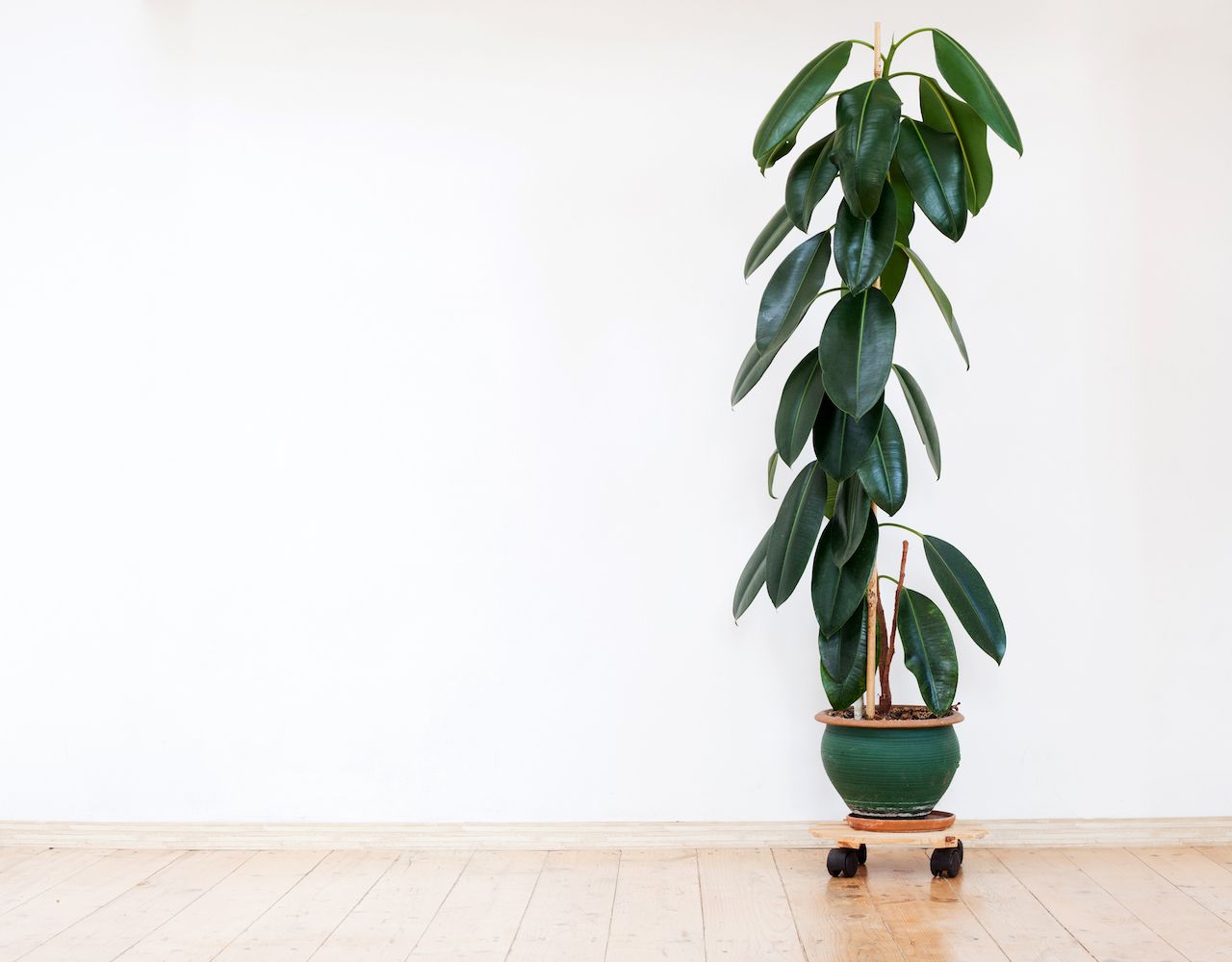Houseplants have been in the news a lot lately, from being the chosen “children” of millennials to their roles in healthy household experiments. Not only can houseplants purify the air and improve physical health, but they can also improve happiness and mental well-being. Even NASA, which has studied the power of plants to purify air indoors, recommends having at least one plant per 100 square feet of home. If you can commit to finding the right light and soil for your plants and establishing a routine for them, there are many plants that are good options for people who aren’t home a lot. If you would like plants for a happy, healthy home but are concerned with caring for them, here are nine plants you can keep alive even if you travel a lot.
Author’s note: The vast majority of houseplants are toxic to pets. If you have pets, be sure to choose the correct plants for your household.









